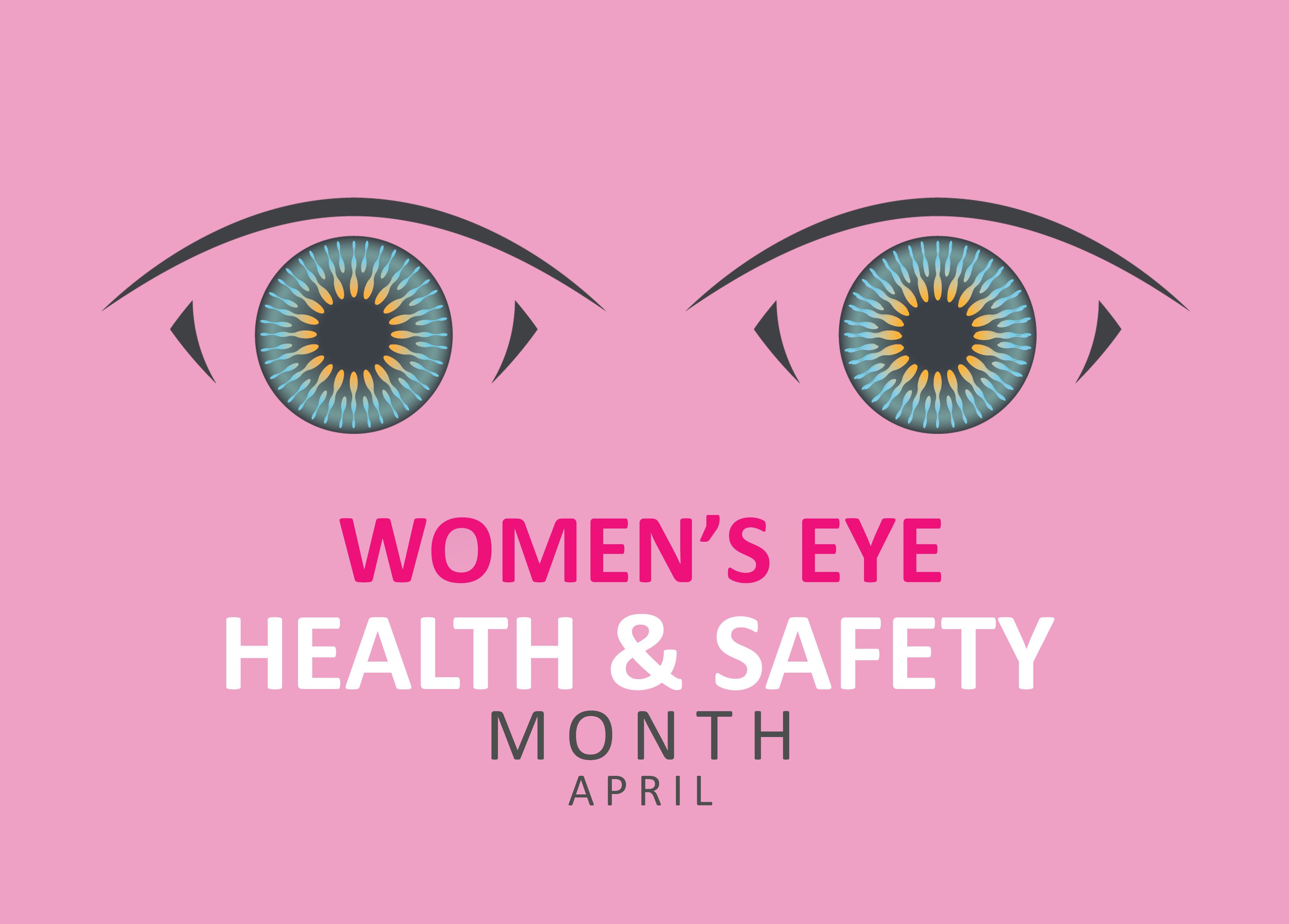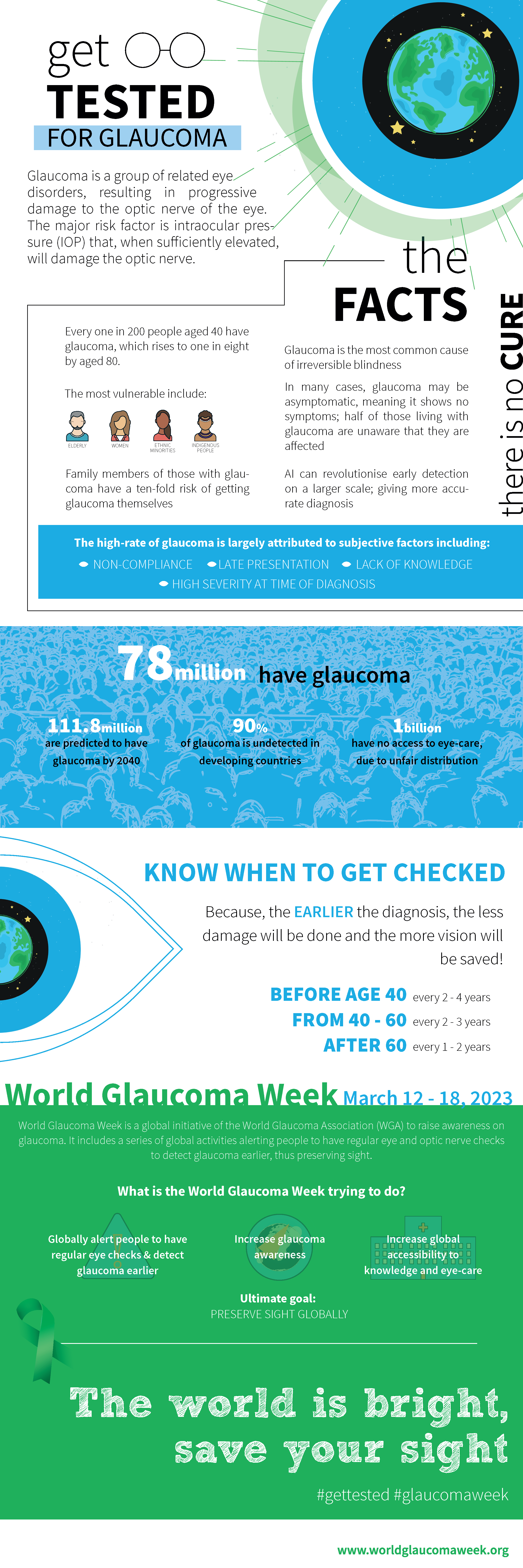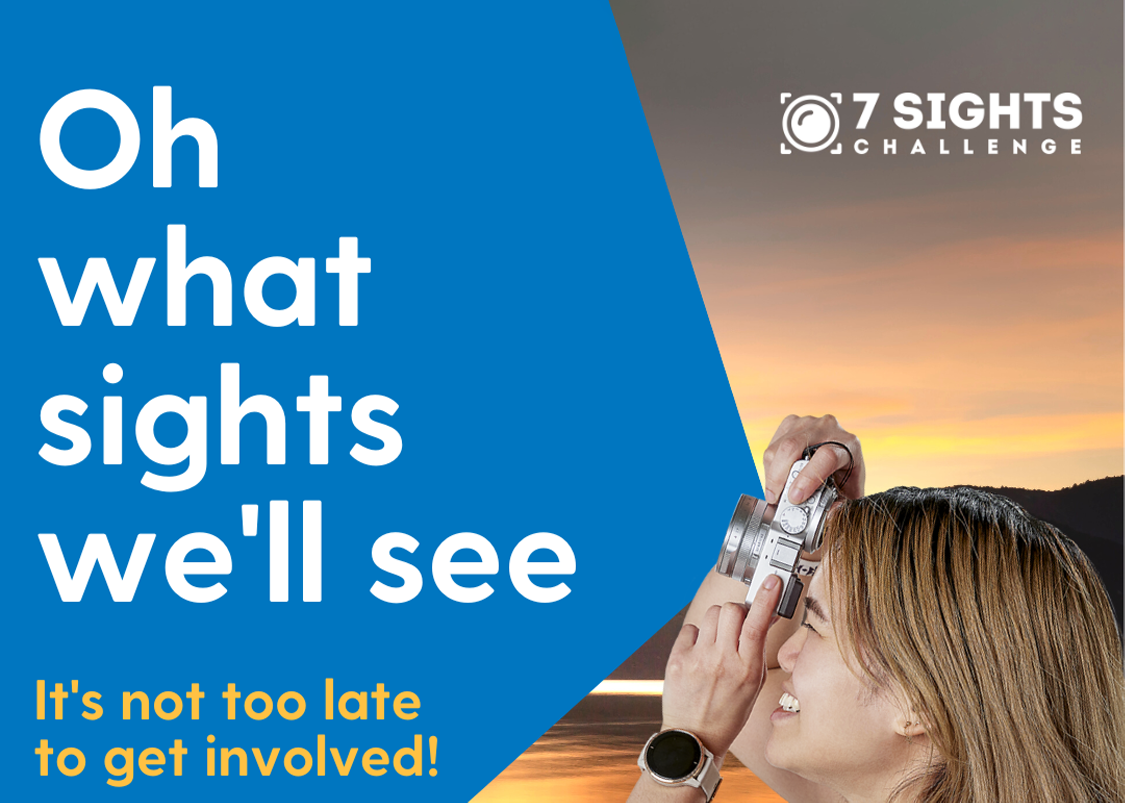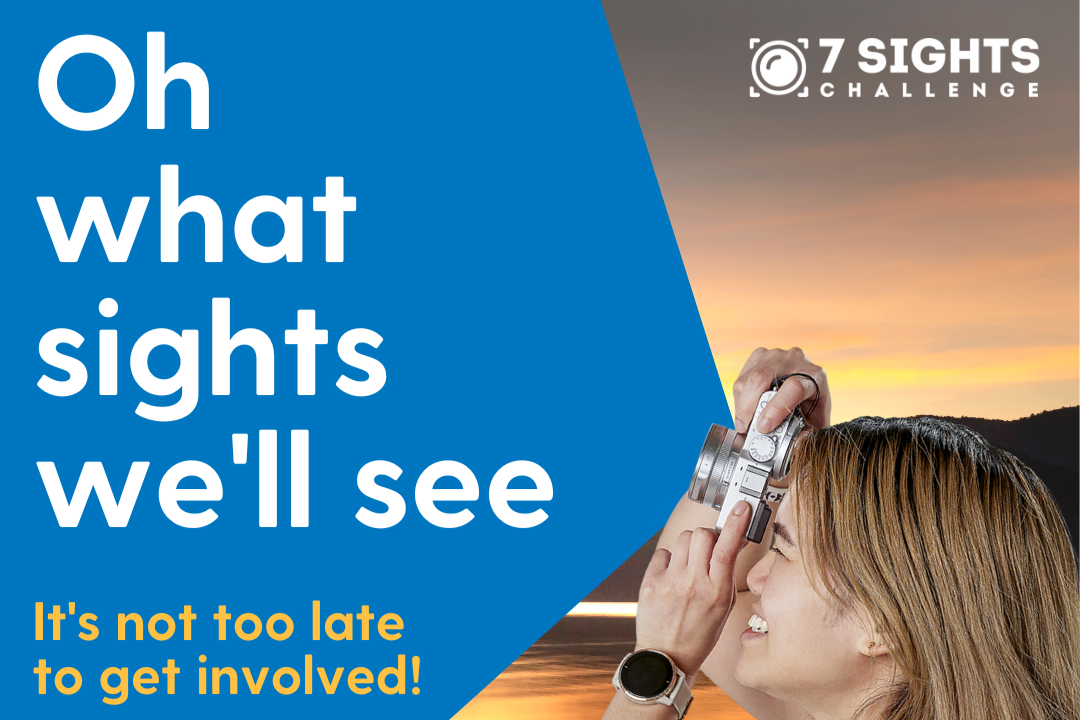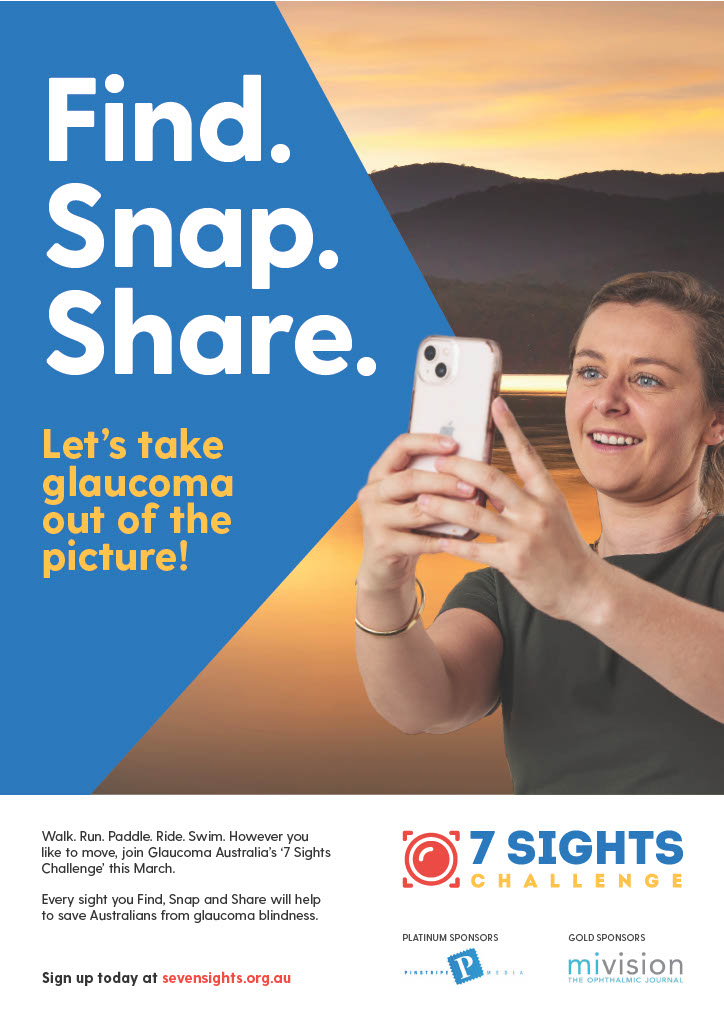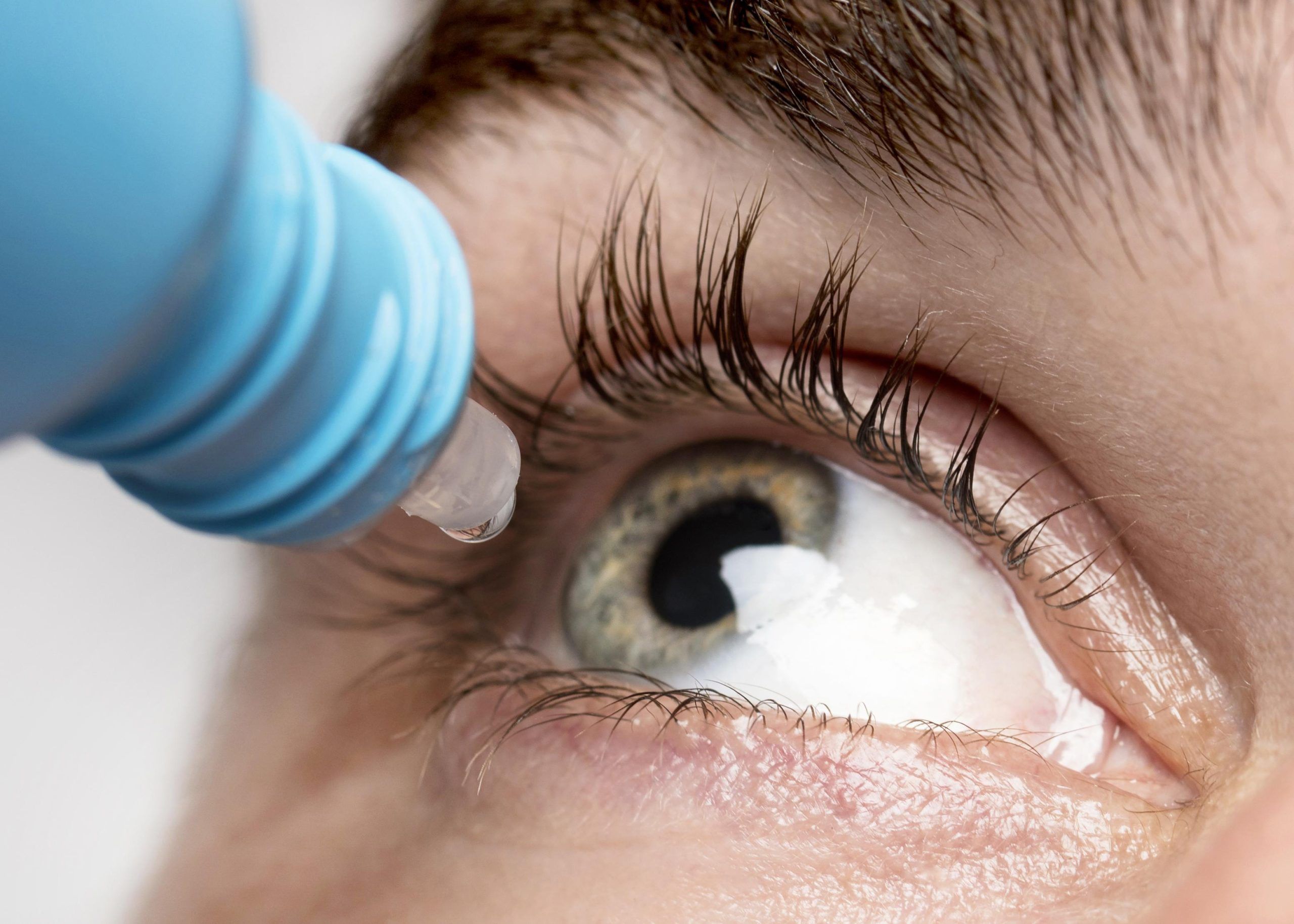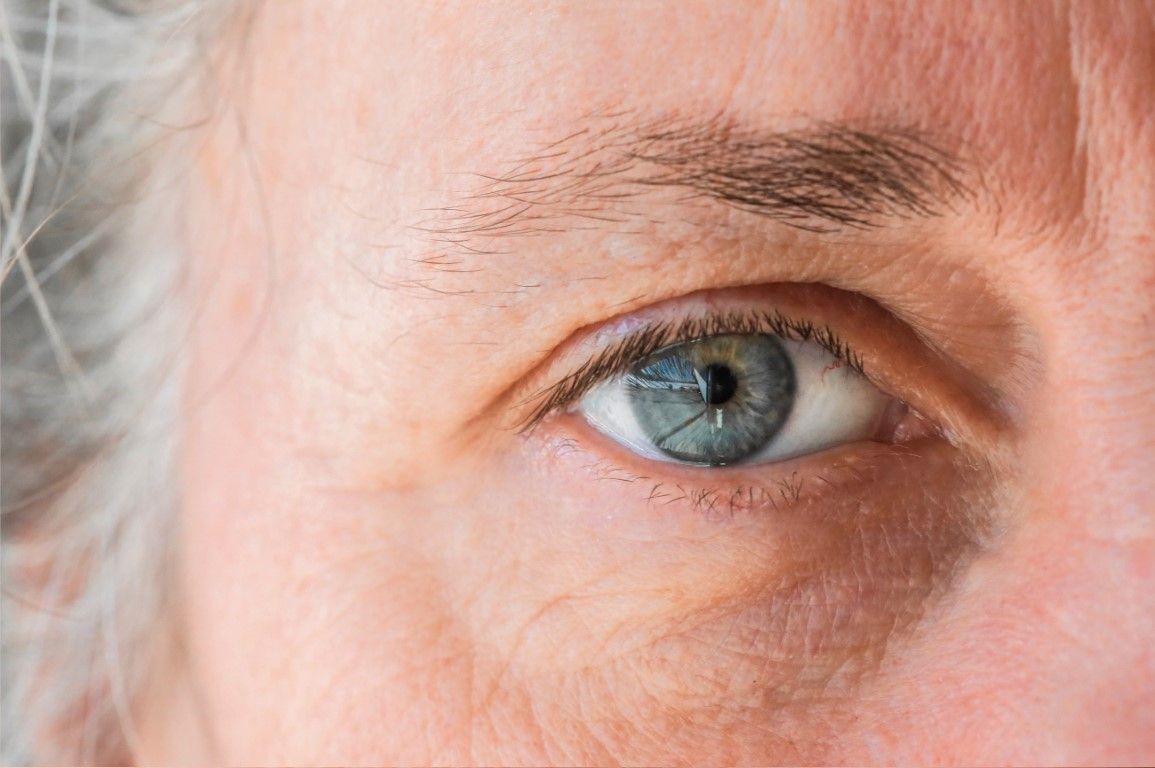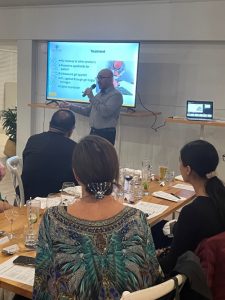Women’s Eye Health & Safety Month
This April, eyecare professionals across the globe call for women to prioritise their vision health. April is Women’s Eye Health and Safety Month, a time to raise awareness of eye health issues that affect women.
According to the National Eye Institute, two-thirds of individuals with vision issues or blindness are women. Women are also more susceptible to specific eye conditions, including age-related macular degeneration, autoimmune diseases, cataracts, dry eye, Glaucoma, low vision, thyroid eye disease, and refractive error.
There are many reasons women are more at risk for eye conditions.
- Gender and financial disparities can hinder a woman’s access to eye care.
- Both pregnancy and menopause can cause hormonal changes affecting vision.
- Women generally have a higher life expectancy than men, increasing their risk for age-related eye conditions.
Prevent Blindness advocates for early detection and treatment of any eye conditions as women are more likely than men to develop eye diseases such as age-related macular degeneration (ARMD), autoimmune diseases like Lupus or Sjögren’s Syndrome, cataracts, dry eye, Glaucoma, low vision, thyroid eye disease, and refractive errors.
Age-related Macular Degeneration (ARMD):
ARMD is the leading cause of blindness in older adults and is more common in women than men. This condition causes damage to the macula, a small area at the back of the eye responsible for sharp, central vision. Symptoms of ARMD include blurry or distorted vision, difficulty seeing colours, and dark or empty spots in the centre of vision. Women can reduce their risk of developing ARMD by eating a healthy diet rich in leafy greens, fish, and other foods high in omega-3 fatty acids and quitting smoking.
Autoimmune Diseases:
Autoimmune illnesses like Lupus and Sjögren’s Syndrome can cause inflammation and eye damage, resulting in dryness, discomfort, and vision loss. These autoimmune diseases are statistically more prevalent in women.
Cataracts:
Women are 65% more likely to develop Cataracts, a clouding of the lens in the eye that causes blurred vision and sensitivity to light. This condition can be caused by aging, exposure to UV radiation, as well as certain medications.
Dry Eye:
The hormonal changes women experience in menopause and pregnancy can affect tear production leading to Dry Eyes. Dry eyes is a common eye condition that occurs when the eyes don’t produce enough tears or the tears evaporate too quickly, leading to discomfort, redness, and vision problems.
Glaucoma:
Glaucoma results from damage to the optic nerve, which leads to vision loss and blindness. The risk factors for Glaucoma include age, family history, and certain medical conditions like diabetes. Women are more likely than men to develop a particular type of Glaucoma called primary open-angle Glaucoma.
Low Vision:
Low vision is a visual impairment that cannot be corrected with glasses, contact lenses, or surgery. Generally, women are more likely than men to experience low vision due to age-related eye diseases like ARMD and cataracts.
Thyroid Eye Disease:
Thyroid eye disease is an autoimmune disorder that affects the eyes and the thyroid gland. This condition can cause eye bulging, double vision, and vision loss.
Refractive Error:
Refractive error is a common vision problem that can be corrected with glasses, contact lenses, or surgery. Women more commonly experience refractive errors such as near-sightedness, farsightedness, and astigmatism than men. It’s essential for women to get regular eye exams to detect and correct refractive errors early on, as they can cause eyestrain, headaches, and vision issues.
Preventing Eye Health Issues:
Women can take steps to protect their vision and prevent eye health problems in many ways. These may include:
- Having regular eye exams: Women should have their eyes checked by an optometrist at least once a year or more frequently if they have a history of eye problems or certain medical conditions.
- Protective eyewear: Women should wear safety glasses when working with power tools, participating in sports, or engaging in any activity which could cause an eye injury.
- A healthy diet: Maintaining a healthy diet rich in fruits, vegetables, and whole grains can help protect the eyes from inflammation and damage caused by free radicals.
- Quit smoking: Smoking is a prominent and very significant risk factor for several eye diseases, including ARMD and cataracts.
- Managing medical conditions: Women with medical conditions such as diabetes, high blood pressure, and autoimmune diseases should work with their healthcare providers to manage these conditions and reduce their risk of eye problems.
Women’s Eye Health and Safety Month is an important reminder for women to prioritise their eye health and take steps to protect their vision. By getting regular eye exams, wearing protective eyewear, eating a healthy diet, quitting smoking, and managing medical conditions, women can reduce their risk of developing eye diseases and maintain healthy vision for years to come.
About Best Practice Eyecare
At Best Practice Eyecare, our ophthalmologist Sunshine Coast team is led by Dr Karpa, a Fellow of RANZCO, a comprehensive Ophthalmologist and expert in Ophthalmology Sunshine Coast. Whatever the diagnosis, the team at Best Practice Eyecare can help you identify the best treatment option for your case, understand your condition, help you manage it and stop the progression of the disease.
Based in the beautiful coastal suburb of Golden Beach, Dr Karpa and this expert team provide eye care services of the highest standard with a relaxed, friendly, patient-focused approach. We service patients across all areas of the Sunshine Coast, including Caloundra, Kawana, Mooloolaba, and Maroochydore. We also regularly see patients from elsewhere in the region, including centres such as Kilcoy, Nambour and Cooroy.
As a leading cataract surgeon, eye specialist and ophthalmologist Sunshine Coast, Dr Karpa treats a wide range of eye conditions such as cataracts, Glaucoma, macular degeneration, dry eyes, and flashes & floaters. Dr Karpa also undertakes eyelid surgery, including blepharoplasty (often known as an eyelid lift), and ptosis repair.
